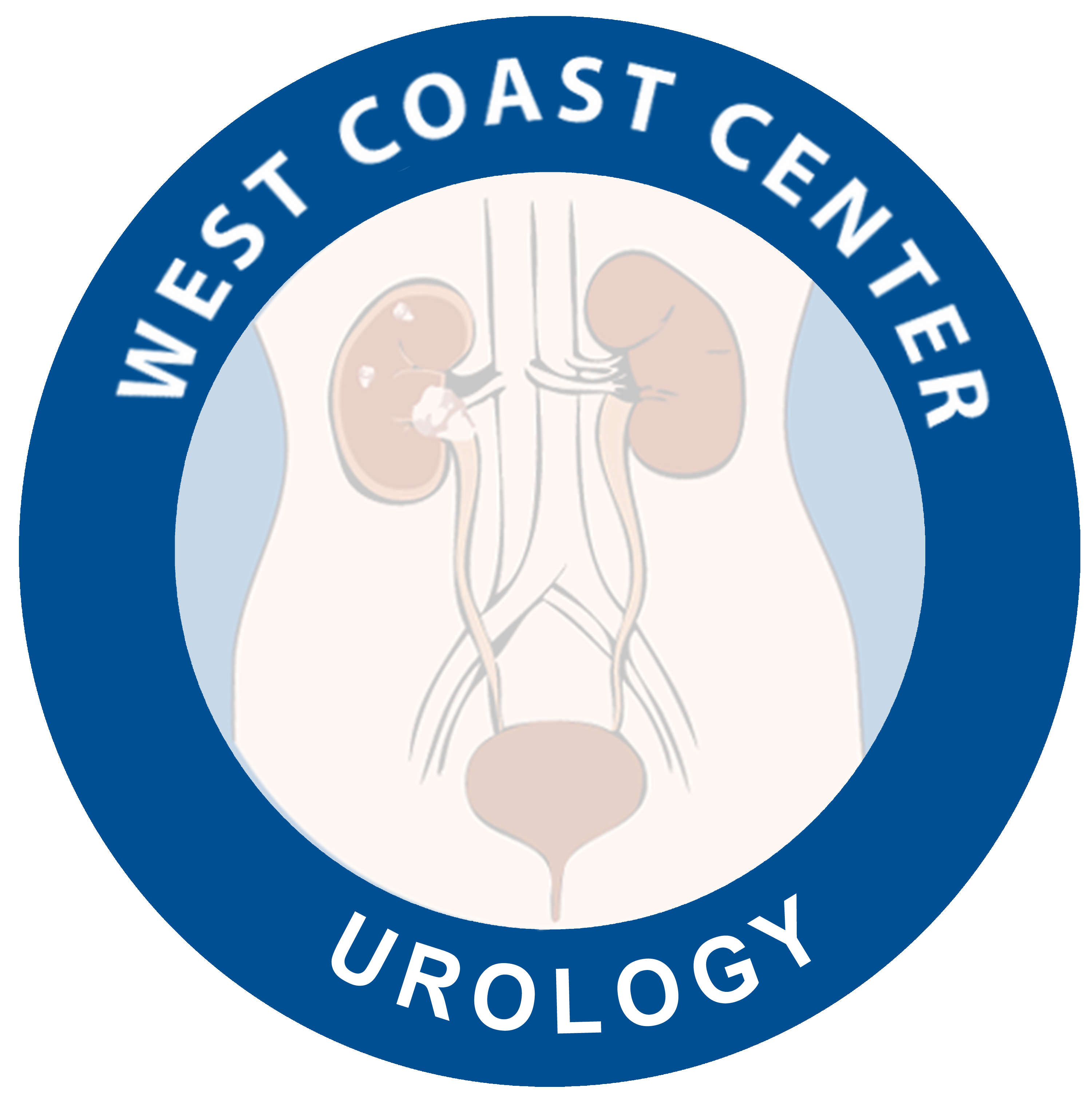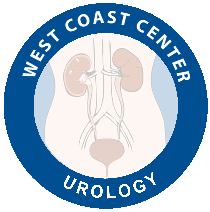Female Sexual Dysfunction
Persistent, recurrent problems with sexual response, desire, orgasm or pain — that distress you or strain your relationship with your partner — are known medically as female sexual dysfunction.
Many women experience problems with sexual function at some point. Female sexual dysfunction can occur at any stage of life. It can be lifelong or be acquired later in life. It can occur only in certain sexual situations or in all sexual situations.
Sexual response involves a complex interplay of physiology, emotions, experiences, beliefs, lifestyle and relationships. Disruption of any component can affect sexual desire, arousal or satisfaction, and treatment often involves more than one approach.
Symptoms
This will depend on the type or types of female sexual dysfunction:
- Low sexual desire. This most common of female sexual dysfunctions involves a lack of sexual interest and willingness to be sexual.
- Sexual arousal disorder. Your desire for sex might be intact, but you have difficulty with arousal or are unable to become aroused or maintain arousal during sexual activity.
- Orgasmic disorder. You have persistent or recurrent difficulty in achieving orgasm after sufficient sexual arousal and ongoing stimulation.
Sexual pain disorder. You have pain associated with sexual stimulation or vaginal contact.
Causes
Sexual problems often develop when your hormones are in flux, such as after having a baby or during menopause. Major illness, such as cancer, diabetes, or cardiovascular disease, can also contribute to sexual dysfunction.
Factors, often interrelated, that contribute to sexual dissatisfaction or dysfunction include:
- Any number of medical conditions, including cancer, kidney failure, multiple sclerosis, heart disease and bladder problems, can lead to sexual dysfunction. Certain medications, including some antidepressants, blood pressure medications, antihistamines and chemotherapy drugs, can decrease your sexual desire and your body’s ability to experience orgasm.
- Lower estrogen levels after menopause may lead to changes in your genital tissues and sexual responsiveness. A decrease in estrogen leads to decreased blood flow to the pelvic region, which can result in needing more time to build arousal and reach orgasm, as well as less genital sensation. The vaginal lining also becomes thinner and less elastic, particularly if you’re not sexually active. These factors can lead to painful intercourse (dyspareunia). Sexual desire also decreases when hormonal levels decrease. Your body’s hormone levels also shift after giving birth and during breast-feeding, which can lead to vaginal dryness and can affect your desire to have sex.
- Psychological and social. Untreated anxiety or depression can cause or contribute to sexual dysfunction, as can long-term stress and a history of sexual abuse. The worries of pregnancy and demands of being a new mother may have similar effects. Long-standing conflicts with your partner — about sex or other aspects of your relationship — can diminish your sexual responsiveness, as well. Cultural and religious issues and problems with body image also can contribute.
Risk factors
Some factors may increase your risk of sexual dysfunction:
- Depression or anxiety
- Heart and blood vessel disease
- Neurological conditions, such as spinal cord injury or multiple sclerosis
- Liver or kidney failure
- Certain medications, such as antidepressants or high blood pressure medications
- Emotional or psychological stress, especially with regard to your relationship with your partner
- A history of sexual abuse
Diagnosis
To diagnose female sexual dysfunction, we will need to:
- Discuss your sexual and medical history.
- Perform a pelvic exam. During the exam, your doctor checks for physical changes that affect your sexual enjoyment, such as thinning of your genital tissues, decreased skin elasticity, scarring or pain.
- Hormonal panels including estrogen, progestrone and testosterone
Treatments and drugs
Sexual dysfunction is a problem only if it bothers you. If it doesn’t bother you, there’s no need for treatment.
Because female sexual dysfunction has many possible symptoms and causes, treatment varies. It’s important for you to communicate your concerns and understand your body and its normal sexual response. Also, your goals for your sex life are important in determining treatment and evaluating progress.
Women with sexual concerns most often benefit from a combined treatment approach that addresses medical as well as relationship and emotional issues.
Nonmedical treatment for female sexual dysfunction
To treat sexual dysfunction, we will recommend that you start with these strategies:
- Talk and listen. Open communication with your partner makes a world of difference in your sexual satisfaction. Even if you’re not used to talking about your likes and dislikes, learning to do so and providing feedback in a nonthreatening way sets the stage for greater intimacy.
- Practice healthy lifestyle habits. Go easy on alcohol — drinking too much can blunt your sexual responsiveness. Be physically active — regular physical activity can increase your stamina and elevate your mood, enhancing romantic feelings. Learn ways to decrease stress so you can focus on and enjoy your sexual experience.
- Seek counseling. Talk with a counselor or therapist who specializes in sexual and relationship problems. Therapy often includes education about how to optimize your body’s sexual response, ways to enhance intimacy with your partner, and recommendations for reading materials or couples exercises.
- Use a lubricant. A vaginal lubricant may be helpful during intercourse if you have vaginal dryness or pain during sex.
- Try a device. Arousal may be enhanced with stimulation of the clitoris. Use a vibrator to provide clitoral stimulation. Although some women find clitoral vacuum suction devices helpful for enhancing sexual arousal, those devices can be expensive and no more effective than a vibrator.
Medical treatment for female sexual dysfunction
Effective treatment for sexual dysfunction often requires addressing an underlying medical condition or hormonal change. A prescription medication for premenopausal women with low sexual desire, known as flibanserin (Addyi), also offers a treatment option.
To treat sexual dysfunction tied to a medical condition, your doctor might recommend that you:
- Adjust or change medication that has sexual side effects
- Treat a thyroid problem or other hormonal condition
- Optimize treatment for depression or anxiety
- Try strategies for relieving pelvic pain or other pain problems
Treating female sexual dysfunction linked to a hormonal cause might include:
- Estrogen therapy. Localized estrogen therapy comes in the form of a vaginal ring, cream or tablet. This therapy benefits sexual function by improving vaginal tone and elasticity, increasing vaginal blood flow and enhancing lubrication.
- Androgen therapy. Androgens include testosterone cream. Testosterone plays an important role in sexual function in women specially sexual desire.
.
Flibanserin (Addyi)
Originally developed as an antidepressant, Flibanserin (Addyi) is approved by the Food and Drug Administration as a treatment for low sexual desire in premenopausal women.
A daily pill, Addyi may boost sex drive in women who experience low sexual desire and who find the experience distressing. Potentially serious side effects include low blood pressure, dizziness and fainting, particularly if the drug is mixed with alcohol. Experts recommend that you stop taking the drug if you don’t notice an improvement in your sex drive after eight weeks.
Potential treatments that need more research
More research is needed before these agents might be recommended for treatment of female sexual dysfunction:
.
- Tibolone is a synthetic steroid drug used in Europe and Australia for treatment of postmenopausal osteoporosis. Due to concerns over increased risk of breast cancer and stroke in women taking tibolone, the drug isn’t approved by the Food and Drug Administration for use in the U.S.
- Phosphodiesterase inhibitors. This group of medications has proved successful in treating erectile dysfunction in men, but the drugs don’t work nearly as well in treating female sexual dysfunction. Studies looking into the effectiveness of these drugs in women show inconsistent results.
One drug, sildenafil (Viagra), may prove beneficial for some women who have sexual dysfunction as a result of taking selective serotonin reuptake inhibitors (SSRIs), a class of drugs used to treat depression. Don’t take sildenafil if you use nitroglycerin for angina — a type of chest pain caused by reduced blood flow to the heart.
Issues surrounding female sexual dysfunction are usually complex, so even the best medications aren’t likely to work if other emotional or social factors remain unresolved.
Lifestyle and home remedies
To boost your sexual health, find ways to be comfortable with your sexuality, improve your self-esteem and accept your body. Try practicing these healthy lifestyle habits:
- Avoid excessive alcohol. Drinking too much blunts sexual responsiveness.
- Don’t smoke. Cigarette smoking restricts blood flow throughout your body. Less blood reaches your sexual organs, which means you could experience decreased sexual arousal and orgasmic response.
- Be physically active. Regular aerobic exercise increases your stamina, improves your body image and elevates your mood. This can help you feel more romantic, more often.
Make time for leisure and relaxation. Learn ways to decrease stress, and allow yourself to relax amid the stresses of your daily life. Being relaxed can enhance your ability to focus on your sexual experiences and may help you attain more satisfying arousal and orgasm.

